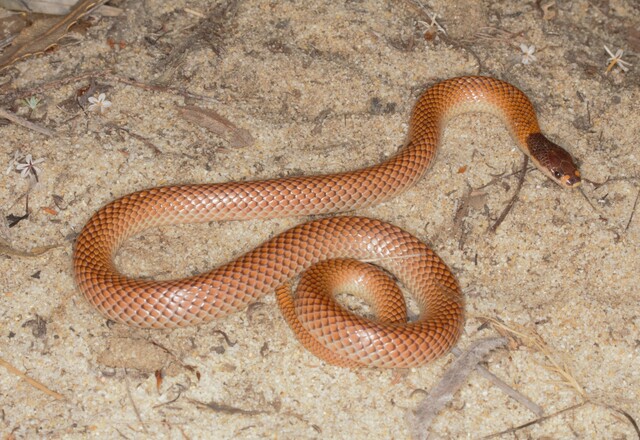The Mutton Bird and Cape Barren Goose are among the countless bird life that can be found on Flinders Island.
Matthew Flinders had first reported the Mutton Bird. Also called the Short Tailed Shearwater, it has a hooked beak which allows greater hold of its prey, webbed feet, a wing span of one metre and weighs up to 500 grams.
Each year, they return from the Northern Hemisphere in September to breed in metre long burrows. In November, the females leave the colony for a short period of time to feed, before returning to lay a single egg.The chicks hatch in January. Each day, the adult birds leave the burrows at dawn and head out to sea, returning at dusk to feed their chicks.
In April, the parents leave for their yearly migratory flight the Arctic Circle. Until they return to their southern rockeries in September, the birds will not touch down on land but will on the ocean. With banding, it has been discovered that some birds have made this flight (which equates to flying around the world) up to 38 times. One month after the adults leave, the chicks follow. It is not known how they know the way.
Mutton Birding has been practiced on Flinders Island since the first settlers. The season is limited to two weeks commencing late March. It is popular with hunters, local and beyond.
Pale grey in colour with black markings outlining its wingtips and a splash of neon yellow on its beak, the Cape Barren Goose has a wingspan of 1.5 metres and weighs five to six kilograms.Much of its survival is owed to intensive grazing. This causes concern to farmers, whose sheep and cattle rely on the same land for grazing.
However, the Sustainable Goose Management Program, developed by the Department of Parks, Wildlife and Heritage in Tasmania, has assisted in controlling the Cape Barren Goose population. Through methods such as limited hunting and capture for the restaurant trade, numbers can be kept at around 7,000 flock birds and mating pairs.
These are just two of over 200 bird species found on Flinders Island.







